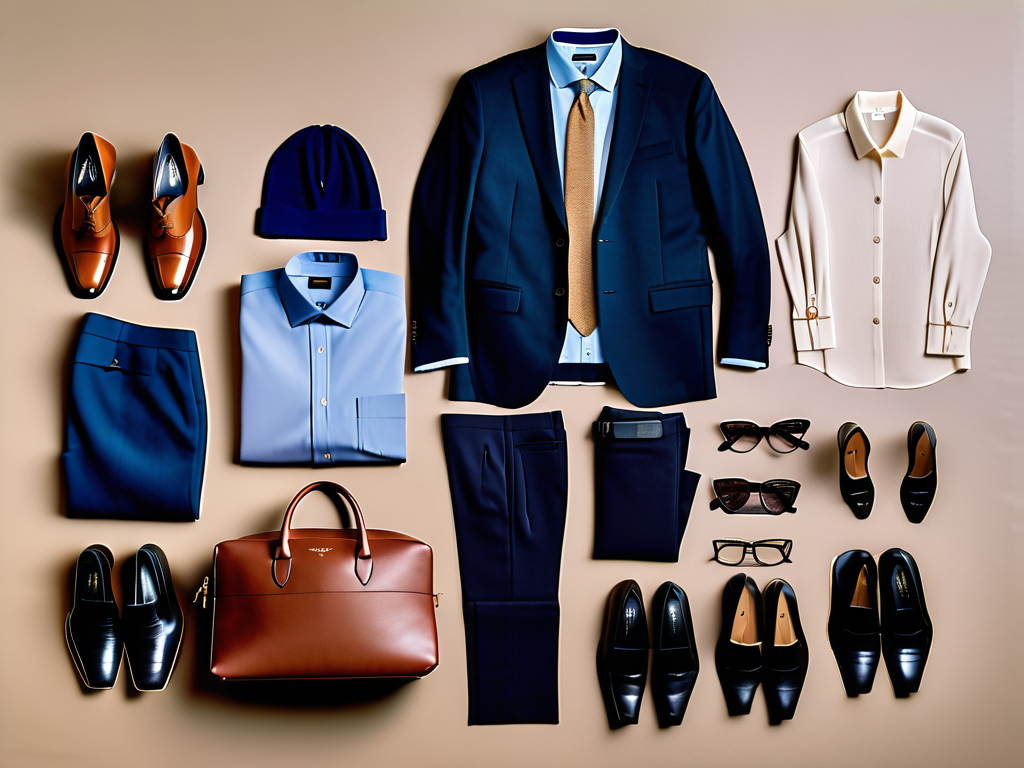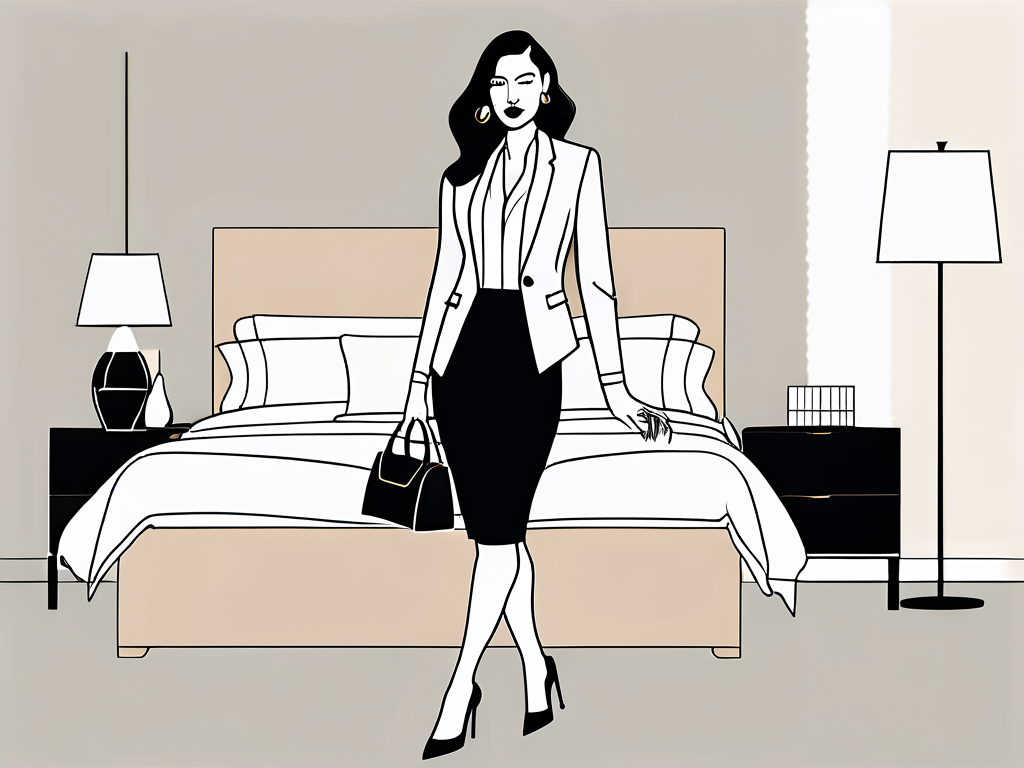When attending family court, your appearance can make a significant difference. As a woman, dressing appropriately for a courtroom not only shows respect for the legal process but also empowers you to influence how you’re perceived. The question “how to dress for court” is a common concern, especially in family law cases, such as custody hearings. While what you wear won’t determine the outcome of your case, it can help in projecting responsibility, credibility, and professionalism. This guide will walk you through how to dress for court by selecting the right clothes, providing real-life examples, and sharing how a Divorce Coach can support you through this process.
Why Dressing Appropriately for Court Matters
Courtrooms are settings where formal attire is essential, and how you present yourself should reflect the seriousness of the occasion. Judges and juries may not consciously make decisions based on appearance, but dressing inappropriately could send the wrong message about your attitude toward the legal proceedings. Understanding how to dress for legal proceedings by wearing business attire helps ensure you’re seen as respectful, reliable, and responsible.
Think of your court appearance as a job interview. You want to project professionalism and competence through what you say and how you carry yourself. Ensuring proper court attire, along with your hair, makeup, and accessories, contributes to the impression you make. As a Divorce Coach, I am here to remind you that dressing in formal wear can subtly impact your views. This can be particularly important in emotionally charged family law cases, where credibility is critical. My role is to provide you with the support and guidance you need to navigate this process with confidence.
Real-Life Example: How Appearance Influences Court Perception
Take Jane’s story, for instance. Jane was attending a child custody case and felt confident in her arguments. However, she arrived in court wearing jeans and a casual sweater. While she presented strong arguments, she later realized that her outfit may have undermined the gravity of her case. After discussing the experience with me, she dressed more conservatively for her next appearance, choosing a navy skirt suit and minimal accessories. This time, she felt more authoritative, and her presentation improved.
On the other hand, Sarah followed my advice from the beginning. She chose neutral colours, a tailored blouse, and slacks for her court appearance. The judge seemed more attentive, and Sarah’s calm, professional demeanour helped her gain the court’s trust. This shift in how she presented herself contributed to a successful outcome in her case.
Appropriate Courtroom Attire for Women
When deciding on your courtroom attire, your goal should be to look polished, neat, and understated. Here are some key elements to consider:
Neutral Colors and Conservative Styles
Neutral colours like black, navy, gray, and beige are ideal for court. These colours project professionalism and seriousness. Avoid bright, flashy clothing that distracts or gives the wrong impression. In family court, especially during child custody cases, the focus should be on the issues, not your outfit. Dresses to wear to court should be modest and professional—think conservative attire such as tailored blouses, cardigans, and knee-length skirts.
Blouses and Button-Down Shirts
A blouse or button-down shirt in neutral tones is a great option. Make sure your top is not too revealing or casual. Sleeveless tops and low-cut shirts are best avoided. A collared shirt is always a safe bet when considering court clothes, as it projects a professional appearance.
Skirts or Pants?
Skirts and pants are acceptable as part of your courtroom attire as long as they are professional. If you choose a skirt, make sure it is knee-length or longer. Well-fitted trousers, especially in neutral colours, are also a strong choice. Avoid overly tight clothing, jeans, or leggings.
Comfortable Yet Professional Shoes
Closed-toe shoes are essential for maintaining a professional look. Heels are delicate as long as they are of a modest height, but flats can be just as polished and often more comfortable. Family law cases, including custody hearings, may involve long hours, so it’s important to choose shoes that won’t leave you in pain. Dark leather shoes or simple flats in neutral tones work best, ensuring you’re both professional and comfortable throughout the proceedings.
Minimal Accessories and Jewelry
When accessorizing, remember that less is more in a courtroom setting. A delicate necklace or simple stud earrings are fine but avoid large, flashy jewelry. Keep jewelry minimal and understated to avoid the appearance of wealth, particularly in financial hearings.
Real-Life Example: The Impact of Accessories
During a divorce case, Maria wore large diamond earrings and a flashy gold necklace to her first hearing. While this was her usual style, it projected an image of wealth that didn’t align with her financial claims in court. After discussing this with her divorce coach, Maria opted for minimal costume jewelry at her next hearing. Her presentation aligned more with her case, helping the court focus on her arguments instead of her appearance.
Do’s and Don’ts: Proper Dress Code for Family Court
Do’s:
- Wear conservative, neutral-coloured clothing: Stick to black, navy, gray, or beige to project professionalism.
- Choose well-fitting outfits: Clothes should be neat and pressed, not too tight or baggy.
- Do keep makeup understated: Opt for natural, subtle makeup to avoid distraction.
- Cover tattoos and remove extraneous piercings: Tattoos and piercings can detract from a professional image.
- Do maintain a neat hairstyle: Simple, well-kept hairstyles are always a good choice.
Don’ts:
- Don’t wear overly casual clothes: Avoid jeans, T-shirts, and hoodies.
- Don’t wear sleeveless tops or short skirts: These can be considered inappropriate in court.
- Don’t over-accessorize: Keep jewelry minimal and avoid anything too flashy.
- Don’t wear sandals or open-toe shoes: These are too casual for a courtroom setting.
- Don’t project opulence: Avoid excessive diamonds or designer items during financial hearings.
Choosing the Right Colors for Court
What colours to wear to court is crucial in setting the right tone. Neutral and muted colours, like navy blue, gray, and black, convey professionalism and seriousness. Avoid bright colours, such as red or hot pink, which can be distracting. Choosing the best colours that project calmness and respect is essential for women, particularly in family law cases.
As a Divorce Coach, I often suggest that my clients consider their court appearance an extension of their case. What they wear should reflect the seriousness of the matter while allowing them to feel comfortable and confident.
Dressing for Confidence and Authority
Court appearances are stressful, but the proper attire can help you feel confident and in control. Well-fitted clothing that suits your style can boost your self-assurance. When you feel good in your clothes, it shows. Remember, the first impression you make matters in how the court sees you and how you feel about yourself.
Final Tips for Dressing for Court
Beyond selecting your outfit, how you carry yourself is just as important. Make sure your clothes are comfortable enough for long periods of sitting or standing, and avoid anything that will make you feel uneasy or fidgety. Preparing ahead of time is critical—choose your outfit the night before and make sure everything is clean, pressed, and ready to go.
Consider how a professional would dress for a serious business meeting if you doubt proper court attire. Simple, conservative, and polished is always the way to go.
How a Divorce Coach Can Help
Going to court is stressful enough without worrying about what to wear. As a Divorce Coach, I help women prepare their legal strategy and mental and physical presentation. Donning appropriate clothing for court can boost your confidence and ensure the focus stays where it belongs—on your case.
I also offer guidance on courtroom etiquette, helping you navigate how to present yourself, respond to the judge, and handle high-pressure moments. If you feel overwhelmed by the process, don’t hesitate to seek support. I can help you feel prepared, calm, and confident through coaching.
Preparing your outfit according to courtroom dress guidelines requires careful thought and planning. From neutral colours to modest styles, every element of your appearance should reflect the seriousness of the proceedings. By following these guidelines, you’ll project confidence and professionalism, leaving the court to focus on the facts of your case.
If you’re preparing for an upcoming court appearance and need additional support, consider working with a Divorce Coach. We can help you navigate your case’s emotional, practical, and strategic aspects, ensuring you feel fully prepared from the inside out.
Final Thoughts
The correct dress code is essential when attending court, especially for family law cases. First impressions matter, and adhering to the courtroom dress code can make a positive first impression that may impact how the judge and other legal professionals perceive you. Dressing appropriately is not just about looking good; it’s about respecting the court’s dress code and ensuring you’re seen in the best possible light.
Wearing slacks or skirts and closed-toe dress shoes is a great way to maintain a professional appearance. Avoid short skirts, which may be seen as too casual or inappropriate. The goal is to make a positive first impression while adhering to the courtroom dress code, so stick to neutral colours and wear a collared shirt or blouse. If you’re unsure about the court’s dress code, it’s always better to err on the side of traditional garments. Wearing dark leather shoes and a full suit, whether a pantsuit or skirt suit, can convey professionalism and respect.
Understanding the court dress code and opting for conservative clothing are essential aspects of ensuring appropriate court attire. Wearing business casual clothing, such as a well-fitted blouse, dress shirt, and appropriate footwear, ensures you follow proper courtroom attire. Avoid flashy jewelry, bright colours, or overly casual items like jeans. Instead, opt for a conservative approach to your wardrobe, which can significantly affect how you’re perceived in the courtroom.
When dressing for a court appearance, women should remember that their attire must reflect the seriousness of the proceedings. First-time attendees should focus on wearing the correct dress code—dress conservatively and maintain a professional look. Avoid flashy accessories and always aim for a balanced, polished appearance. Legal professionals, including those involved in personal injury or family law, know how you present yourself matters. Wearing a suit or a pantsuit and maintaining professional grooming, such as neat and minimal facial hair, demonstrates respect for the court and its processes.
Finally, additional tips include ensuring your clothing is clean, well-pressed and fits appropriately. This is a good idea for anyone attending court, showing that you’ve tried to present yourself well. Wearing appropriate court attire—whether a dress, suit, or business casual ensemble—shows the judge and others that you respect the legal process. First impressions are crucial in court, and dressing appropriately is one of the simplest ways to make a good impression and feel more confident on your court date.
In conclusion, focusing on the small details, from your hair to your dress shoes, is essential when preparing for court. Whether you’re a woman or a man, wearing the proper clothing and following the court’s dress code will help you stand out for all the right reasons. Remember, your dress can say a lot about how seriously you take your case, and maintaining a professional appearance can help you achieve the best possible outcome.



